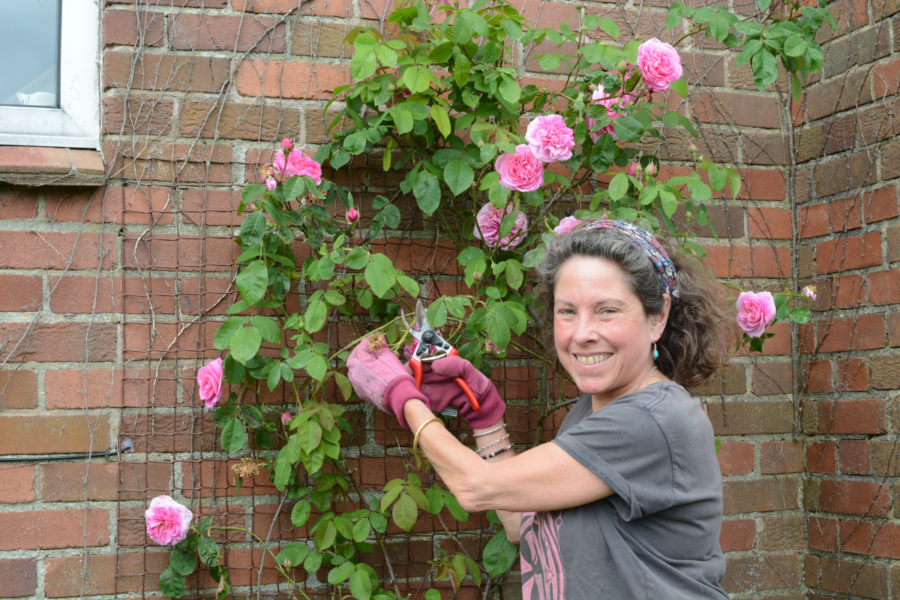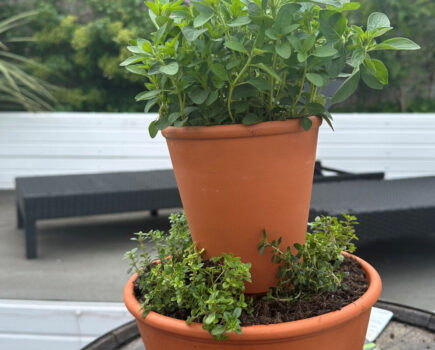Keep your roses in top condition for prolonged flowering, says Ruth
Thanks to all the rain that fell in spring and early summer – which we may have not appreciated – it’s been a good year for the roses.Ours are putting on their best show for years and I have been busily going round feeding, deadheading and making sure they stay in good condition all summer.
We had to take some urgent remedial action with our two climbing roses as their bases had become rather congested with weeds (I swear they sneaked in overnight when my back was turned), which the roses didn’t take kindly to. But once the unwanted plants were cleared away and the roses fed and watered with proprietary rose feed and a general liquid fertiliser, they soon perked up.
Our heavily scented, and bloom-laden, ‘Gertrude Jeykll’ has been the star of the summer garden since we planted her a few years ago, and this year looks to be no different.
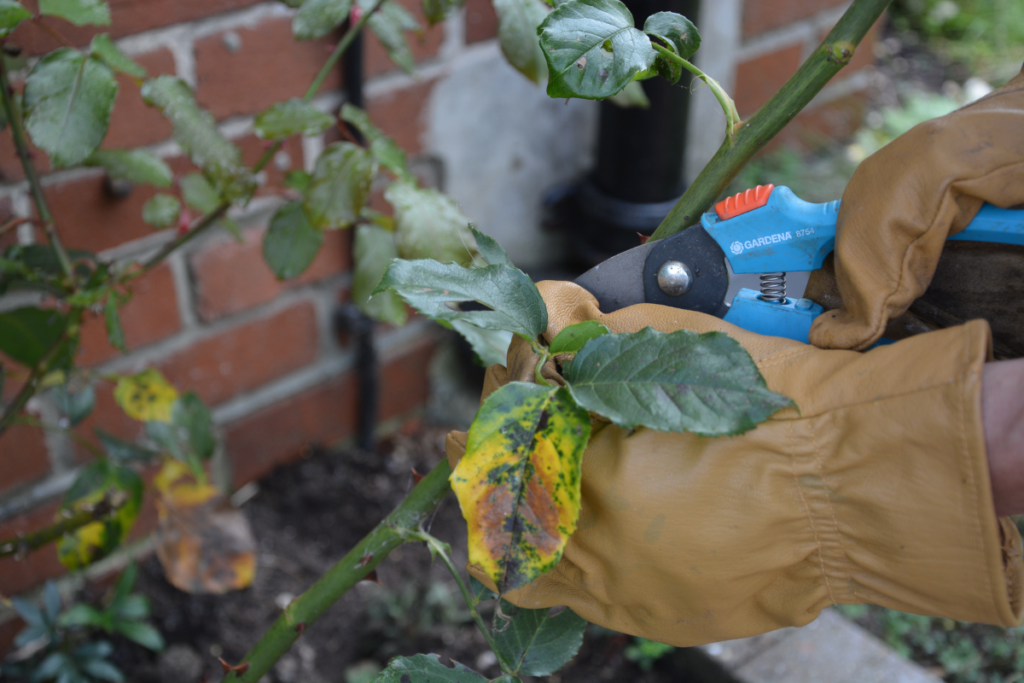
With regular deadheading and feeding, ‘Gerty’ will hopefully bless us with perfume and distinctive pink ruffled blooms right through summer and into autumn – last year I deadheaded her for the final time in mid-November.
The summer is peak rose season and you need to make sure yours stay healthy by giving them consistent care. Feed them after flowering and water and mulch during dry spells. Also keep an eye out for rose black spot, a common fungal disease that can severely weaken plants and diminish their flowering ability.
Symptoms of black spot are yellow and brown stains on the leaves that turn black before the leaves fall.
Cut off infected material and either burn it or put it in the dustbin – never add it to the compost heap – then disinfect secateurs. Also remember to scoop up and dispose of any fallen leaves showing signs of black spot as they will deposit the disease spores in the soil. You can help prevent reinfection by mulching over the soil at the base of the roots as this buries the spores so rain is less likely to splash them back up onto the rose.
While shrub and climbing roses will produce more flowers after being deadheaded, rambling roses only produce one flush of blooms a year, so wait until they have all faded before deadheading and pruning later in the summer.
Rose problems
Nip these issues in the bud
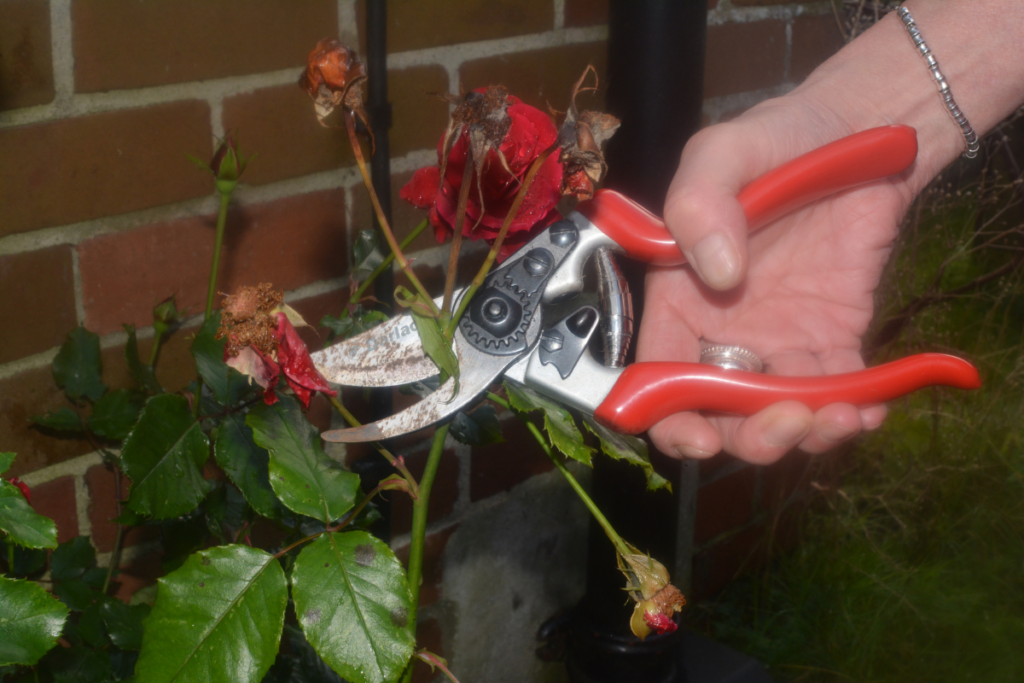
1. Deadhead roses by snipping away the stem below a spent bloom just above a healthy pair of leaves.
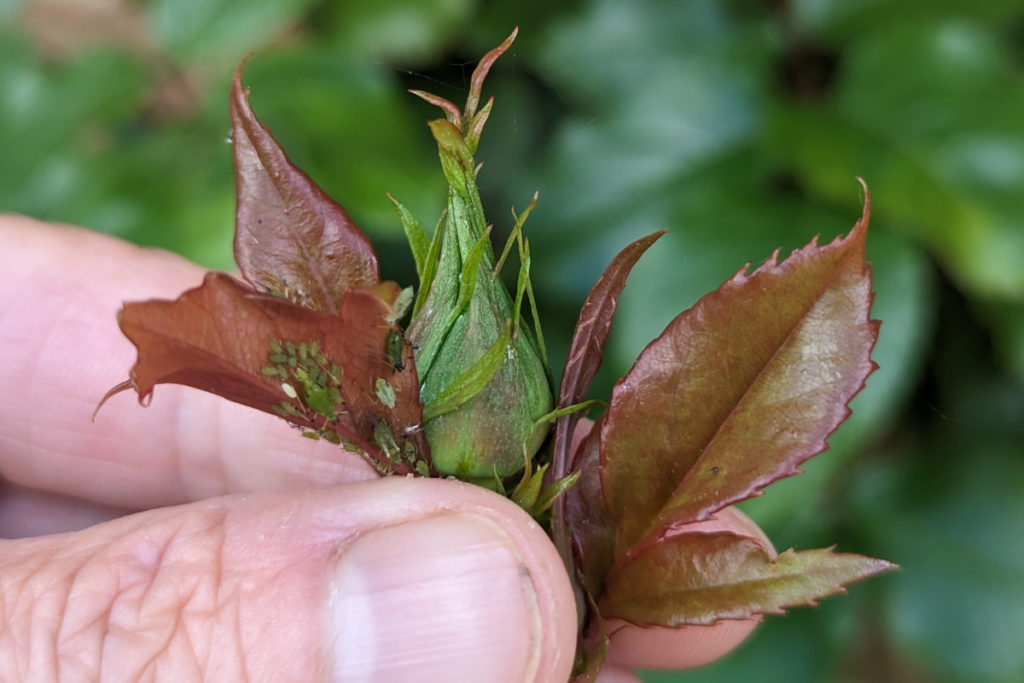
2. Watch out for pests such as backfly and aphids, remove small colonies by hand before they become infestations, and let garden birds and the predatory larvae of ladybirds, hoverflies and lacewings pick them off too.
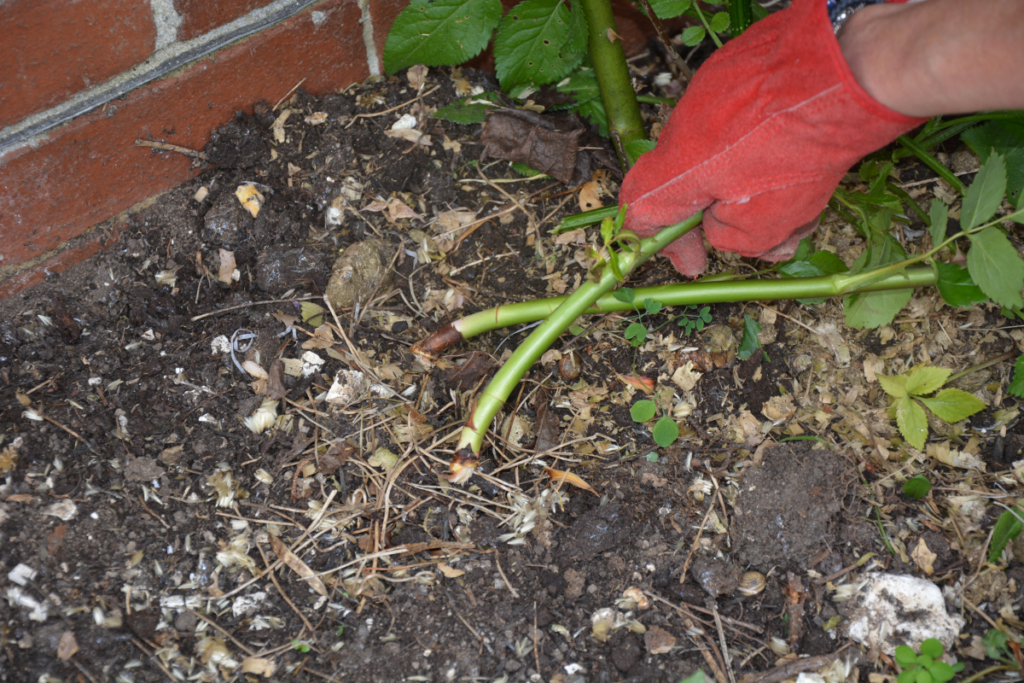
3. Look for and remove rose suckers.
These are stems that grow directly from the rootstock, rather than the grafted ‘variety’ of rose. They grow vigorously and sap the strength of the plant and often look different to the main plant, with paler leaves.
To remove them, carefully push back the soil beneath the sucker and then pull it away from the rootstock. Don’t cut it off as this will encourage further growth. Suckers often develop when roots are damaged during planting or aftercare, so always make sure you plant at the correct depth and take great care when weeding around your roses.
Find more tips, advice and articles like this at the Amateur Gardening website. Subscribe to Amateur Gardening magazine now

